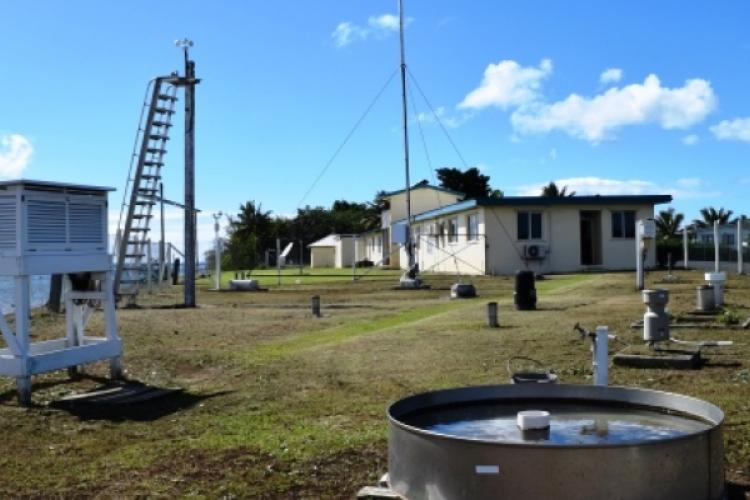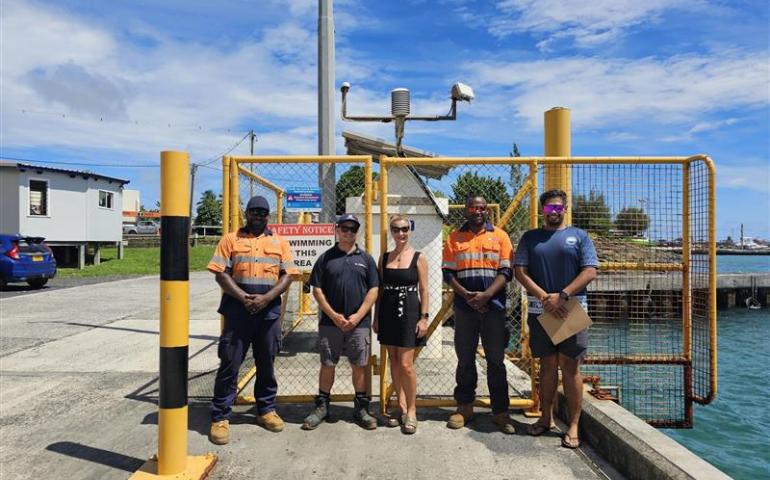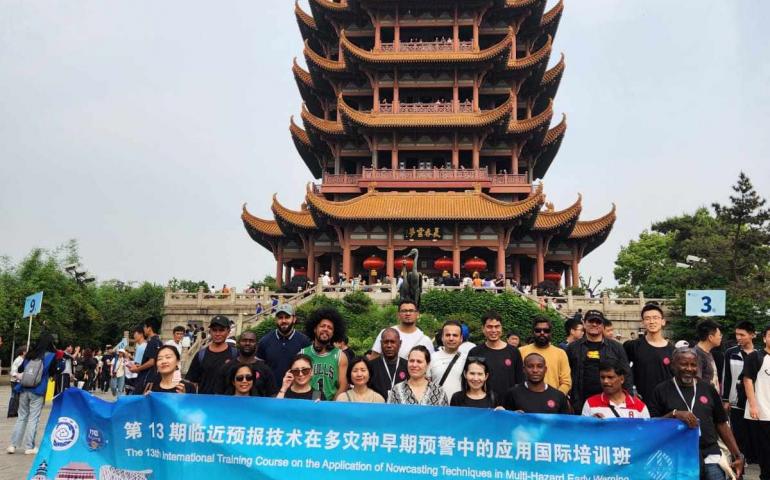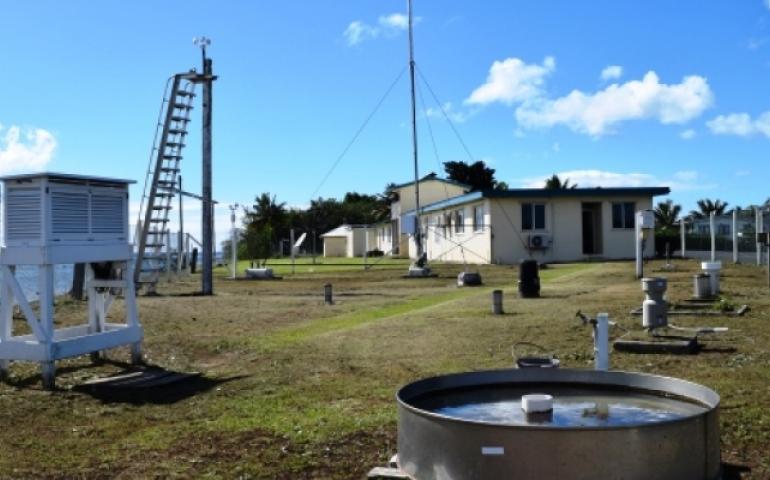"Downscaling" the buzz word for Pacific Met services across the region
"This is a new area for our Pacific Met Services, it not only empowers us but it is also a pioneering opportunity for us in the region," – Sunny Seuseu, SPREP.
18 July 2016, Rarotonga, Cook Islands - Pacific met officers are learning more about how to 'downscale' climate and weather forecasts using a computer based programme in the Cook Islands this week.
'Downscaling' is when forecasts can be specific to a certain village, district or weather station as opposed to a whole nation or region.
"Seasonal forecasting is done through the use of climate models, downscaling is when we are able to manipulate the models so they can simulate a micro climate which is when you have different climates at the same time within a country based on geography," said Mr. Sunny Seuseu the Climate Prediction Services Project Coordinator of the Secretariat of the Pacific Regional Environment Programme (SPREP).
ROKPI 3The Cook Islands Meteorological Services. Photo: SPREP
"For example in the Cook Islands you can have both dry weather conditions in the Northern group islands while there are wet weather conditions in the Southern group islands – we can provide downscaled forecasts for these weather situations."
The ability to downscale weather and climate forecasts comes from stems from the regional met project, Korea-Pacific Climate Prediction Project (ROKPI-CLIPS).
This introduces a new Seasonal Climate Prediction System called CLIK Pacific which gives you the option of combining climate models from 10 different global meteorology centres to develop a prediction system over any three month period.
The training will also help Pacific met officers downscale their predictions to suit specific circumstances, seeing them being able to develop their own forecasts using the CLIK Pacific.
"By developing our own Pacific downscaled forecasts we are able to provide more site or area specific forecasts, this is a new area for our Pacific Met Services, it not only empowers us but it is also a pioneering opportunity for us in the region," said Mr Seuseu.
"This will definitely be able to help us tailor our forecasts so they are relevant to the wide range of sectors that rely upon the services of the Pacific island meteorologists."
ROK PI4Mr. Sunny Seuseu of SPREP. Photo: SPREP
Met officers from American Samoa, Cook Islands, Fiji, Kiribati, Marshall Islands, Niue, Palau, Papua New Guinea, Samoa, Solomon Islands, Tonga, Tuvalu, Vanuatu, and Wallis and Futuna are attending the one week workshop which is hosted in Rarotonga, Cook Islands from 18 – 23 July, 2016.
The first component which provides training on the CLIK-Pacific is supported by both the ROK-PI CLIPS Project, a partnership between the Asia-Pacific Economic Cooperation Climate Center and the Government of the Republic of Korea with SPREP and the Pacific Islands Forum Secretariat.
The second component of the one week workshop which focusses on ways to best communicate the information developed is supported by the Finnish Pacific Project (FINPAC) which aims at reducing the vulnerability of the livelihoods of Pacific islanders to the impacts of climate change through strengthening the Meteorological Services. It is a partnership between SPREP and the Government of Finland.
For further information please contact Mr. Sunny Seuseu at sunnys@sprep.org







